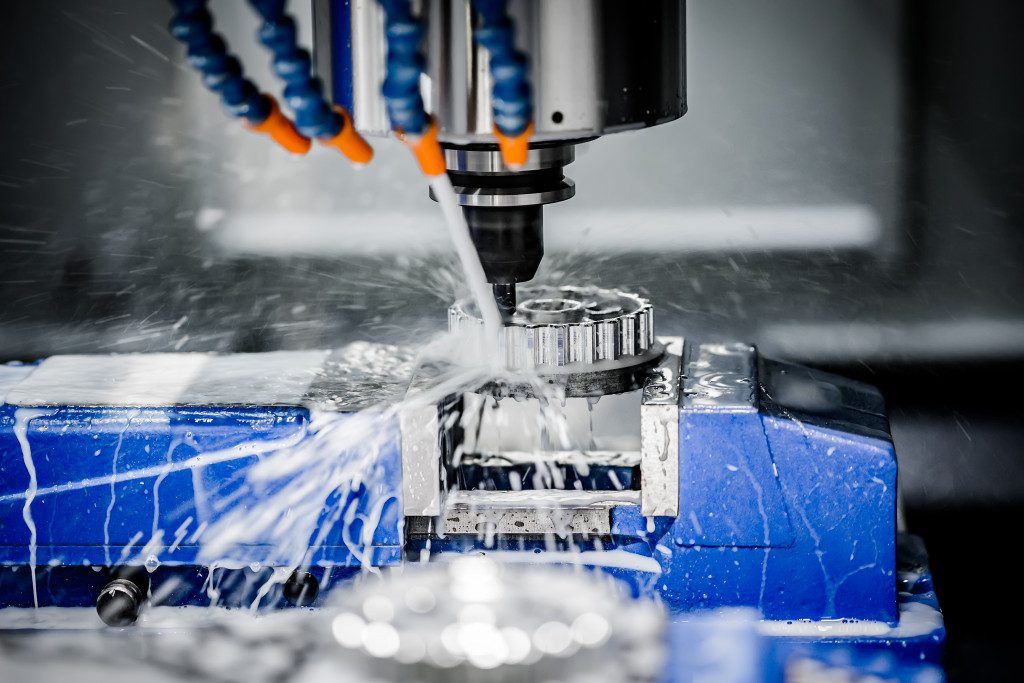The manufacturing industry is in high demand today. There are many reasons for this, but the most important one is that manufacturing provides the backbone of any economy. It’s responsible for creating tangible products that people use every day. And as our world becomes more and more complex, the need for quality manufactured goods increases.
According to a new study, U.S. businesses created 349,000 new manufacturing jobs in 2021—the most in nearly 30 years. This increase is consistent with other developments in the manufacturing sector, such as a rise in the number of manufacturing firms in the United States (from 628,858 to 638,580 over 2021–2022). These trends indicate a strong recovery in the manufacturing sector following the Covid-19 pandemic and suggest that manufacturers are optimistic about the future.
This calls for an increase in productivity and efficiency in the manufacturing process. In any industry, productivity and efficiency are key to success. In manufacturing, these traits are essential for producing quality products while keeping costs low. Here are four tips to help improve your productivity and efficiency in manufacturing:
Implement a Standard Operating Procedure (SOP) for each process
A Standard Operating Procedure (SOP) is a set of step-by-step instructions that outlines how a task should be completed. It ensures that all employees follow the same procedures and reduces variation in the manufacturing process. SOPs should be written for every job in the manufacturing process, from start to finish.
Once you have implemented SOPs, you must train your employees on how to follow them. This will ensure that they are familiar with the procedures and can execute them properly. Conduct training sessions regularly, and review the SOPs with employees periodically.
Automate where possible
Automation is using machines, robots, or software to perform a task that would otherwise be completed by a human. Many manufacturing processes can be automated, from assembly to packaging. Automation can help improve productivity by reducing the need for manual labor. In addition, it can help enhance the quality of the product and consistency.
Automation may require a significant investment but can pay off in the long run. Here are the top three ways to automate your manufacturing business:
Robotics in Manufacturing
This technology uses advanced robotics to automate manufacturing processes. The most common purpose of this is to enhance production efficiency and return on investment. Advanced Robotics for Manufacturing (ARM) can be used for welding, fabricating, and assembling products.
It’s a versatile technology that can be customized to fit your needs. Robotic systems cut down on production times while boosting quality, thanks to the fact that they can execute manufacturing procedures with greater accuracy and speed. They are often used in environments with a risk of human error, such as in the automotive industry, where welding robots weld vehicle frames together.
CNC Machining

CNC machining is a manufacturing process that uses computer-controlled machine tools to cut, drill, and shape materials. It’s a versatile technology that can create a wide variety of products. This is often used to develop aerospace, automotive, and medical parts. Some benefits of using this are:
- Reduces energy consumption
- Leads to lower production cost
- Little to no waste production
- Enhances personnel safety
- No defects and greater accuracy for outputs
Software Systems
This type of automation uses software to streamline manufacturing processes. You can use ERP software to track inventory levels, production schedules, and customer orders. This information can help you optimize the manufacturing process. This software streamlines operations and helps improve productivity, from supply chain management to inventory control. It’s an essential tool for manufacturers who want to optimize their business processes.
Some benefits of using ERP manufacturing software include:
- Increased visibility into the manufacturing process
- Improved communication between departments
- Greater control over inventory
- Faster and more efficient order fulfillment
- Enhanced decision-making capabilities
Hire temporary workers during busy periods
Suppose your manufacturing business is seasonal or experiences spikes in demand. In that case, you may need to hire additional staff to keep up with production. This can be done by working with a staffing agency that specializes in the manufacturing industry. They will be able to provide you with qualified workers who can help meet your needs during busy periods.
For example, suppose you manufacture Christmas decorations. In that case, you may need to hire additional staff during October and November. By working with a staffing agency, you can find workers with the skills and experience you need without hiring full-time workers that you won’t need after a busy period.
Improve communication and collaboration
Good communication and collaboration are essential for any manufacturing business. There should be a clear line of communication between all departments, from engineering to production. In addition, employees should feel comfortable communicating with each other and sharing ideas.
There are several ways to improve communication and collaboration in your manufacturing business. For example, you can:
- Encourage open communication by creating a safe and welcoming environment where employees feel comfortable sharing ideas.
- Use technology to facilitate communication, such as video conferencing and instant messaging tools.
- Hold regular meetings to keep everyone up to date.
All in all
Manufacturing is a competitive, fast-paced industry that requires the best efforts from every individual. By following these tips, you can improve your productivity and efficiency in manufacturing. And by streamlining your processes and making the most of your resources, you can increase profits and stay ahead of the competition.


